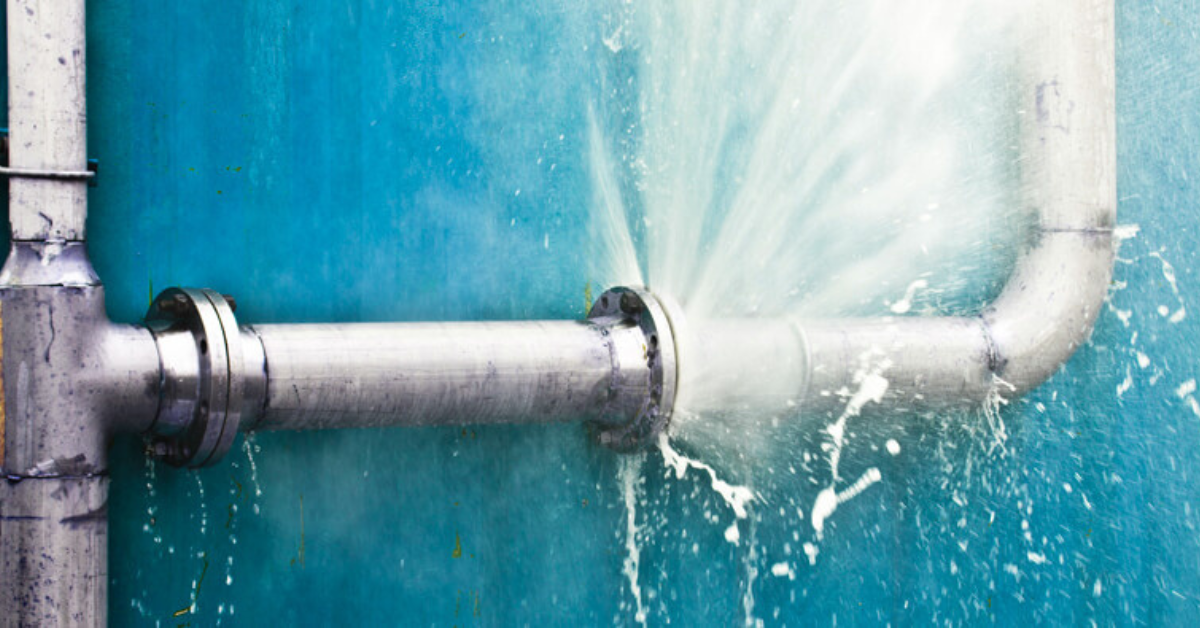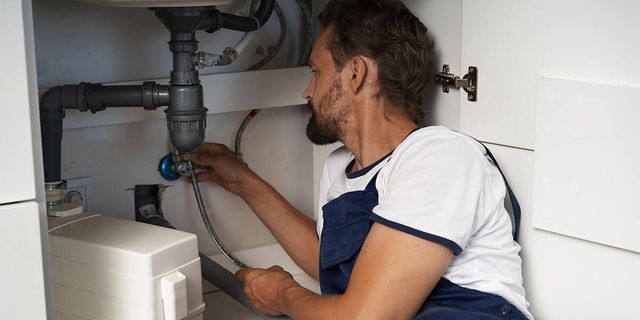Top Techniques for Managing Low Water Pressure in Your Home
Top Techniques for Managing Low Water Pressure in Your Home
Blog Article
Just how do you feel in regards to Low Water Pressure in the House??

Low water pressure in your house can be a frustrating trouble, impacting every little thing from showering to cleaning recipes. If you're experiencing weak water flow, there are several possible reasons and options to discover. In this guide, we'll talk about common factors for low water stress and functional steps to resolve the problem successfully.
Intro to Low Water Pressure
Low tide stress takes place when the flow of water from your faucets, showers, and other components is weak than typical. This can make everyday tasks extra difficult and less efficient. Recognizing the sources of low tide pressure is crucial to locating the right solution.
Common Sources Of Low Tide Stress
Pipe Obstructions
Over time, pipelines can come to be obstructed with natural resource, debris, or particles, limiting the circulation of water. This is a typical concern in older homes with galvanized steel pipelines.
Rust
Deterioration within pipes can result in leakages and decreased water stress. Corrosion buildup can restrict water flow, particularly in maturing plumbing systems.
Faulty Pressure Regulators
Stress regulators are responsible for maintaining constant water stress in your house. If they malfunction, it can result in low water pressure or uneven flow throughout your house.
Municipal Water Supply Issues
Sometimes, the issue lies outside your home. Community water issues, such as main line leakages or upkeep work, can momentarily reduce water stress in your area.
How to Detect Low Water Stress
Checking Taps and Fixtures
Begin by evaluating the water pressure at different taps and components throughout your home. If the issue is separated to details areas, it might show localized troubles.
Checking Pipelines
Examine visible pipelines for signs of leaks, rust, or clogs. Take notice of any unusual noises, such as banging or rattling pipes, which could indicate concerns within the plumbing system.
Consulting with a Plumber
If you're unable to pinpoint the reason for low water stress, think about working with a specialist plumber to conduct a thorough evaluation. They can identify underlying concerns and suggest proper services.
Do It Yourself Solutions to Deal With Low Tide Pressure
Cleansing Aerators and Showerheads
Mineral deposits can gather in aerators and showerheads, minimizing water circulation. Remove and cleanse these components routinely to boost water stress.
Flushing Hot Water Heater
Debris buildup in the water heater can restrict circulation and decrease efficiency. Flushing the storage tank regularly assists eliminate sediment and maintain optimal efficiency.
Inspecting Pressure Regulator
Make sure that the pressure regulatory authority is working properly. Adjusting or changing the regulator can assist bring back correct water pressure throughout your home.
Clearing Up Clogs in Pipeline
For minor blockages, attempt utilizing a plumbing serpent or chemical drainpipe cleaner to clear obstructions in pipes. Be cautious when making use of chemicals and follow security standards.
When to Call a Specialist Plumber
If do it yourself initiatives stop working to fix the concern or if you suspect significant plumbing problems, it's best to seek support from a certified plumber. They have the competence and tools to resolve complex concerns safely and effectively.
Preventive Measures to Maintain Water Stress
Routine Maintenance
Set up regular maintenance for your plumbing system to stop concerns such as rust, leakages, and blockages. Attending to minor issues early can help stay clear of more substantial fixings later on.
Setting Up a Stress Booster
Consider installing a pressure booster pump to improve water stress in locations with consistently low flow. This can be particularly useful for multi-story homes or residential or commercial properties with high-demand fixtures.
Tracking Water Use
Bear in mind water usage routines and prevent overtaxing the plumbing system. Easy changes, such as shocking showers and washing lots, can aid keep appropriate water pressure.
Conclusion
Dealing with low tide stress can be discouraging, however recognizing the underlying causes and carrying out suitable solutions can bring back ideal circulation throughout your home. Whether it's cleaning aerators, inspecting pipes, or speaking with a plumber, taking positive steps can make sure a constant supply of water for your daily demands.
FOUR WAYS TO FIX LOW WATER PRESSURE NOW
Turning on a shower or faucet only to find the water comes out in a sad, slow drizzle is never a good feeling. How exactly are you supposed to wash a pan or take a quick shower when it takes 10 minutes just to rinse off a little soap? The good news is that when your water pressure is bad, there's always a cause: typically one that can be easily fixed. Here are some of the most common causes of low pressure and what you can do to fix the issue:
DEBRIS AND MINERAL DEPOSIT BUILDUPS
If you notice low water pressure from just one or two of the fixtures in your house, the problem likely has to do with debris buildup. Water is full of minerals and other debris, all of which can accumulate in your pipes and on your fixtures. This can cause a blockage that affects how much water flows through. To fix this, try filling a small plastic bag with white vinegar, and use a rubber band to hang it around your showerhead or faucet. Let the head of the fixture soak for a few hours, and the vinegar should loosen the deposits.
WATER LEAKS
Leaks are another common cause of low water pressure. If water is flowing out of your plumbing through a hole or crack before it can reach your fixture, the pressure coming out of the faucet or showerhead will be lower. A plumbing professional is your best bet for finding and repairing a leak in your water supply pipes.
Leaks are another common cause of low water pressure. If water is flowing out of your plumbing through a hole or crack before it can reach your fixture, the pressure coming out of the faucet or showerhead will be lower. A plumbing professional is your best bet for finding and repairing a leak in your water supply pipes.
FOUR WAYS TO FIX LOW WATER PRESSURE NOW
Turning on a shower or faucet only to find the water comes out in a sad, slow drizzle is never a good feeling. How exactly are you supposed to wash a pan or take a quick shower when it takes 10 minutes just to rinse off a little soap? The good news is that when your water pressure is bad, there's always a cause: typically one that can be easily fixed. Here are some of the most common causes of low pressure and what you can do to fix the issue:
DEBRIS AND MINERAL DEPOSIT BUILDUPS
If you notice low water pressure from just one or two of the fixtures in your house, the problem likely has to do with debris buildup. Water is full of minerals and other debris, all of which can accumulate in your pipes and on your fixtures. This can cause a blockage that affects how much water flows through. To fix this, try filling a small plastic bag with white vinegar, and use a rubber band to hang it around your showerhead or faucet. Let the head of the fixture soak for a few hours, and the vinegar should loosen the deposits.
WATER LEAKS
Leaks are another common cause of low water pressure. If water is flowing out of your plumbing through a hole or crack before it can reach your fixture, the pressure coming out of the faucet or showerhead will be lower. A plumbing professional is your best bet for finding and repairing a leak in your water supply pipes.
Leaks are another common cause of low water pressure. If water is flowing out of your plumbing through a hole or crack before it can reach your fixture, the pressure coming out of the faucet or showerhead will be lower. A plumbing professional is your best bet for finding and repairing a leak in your water supply pipes.
A VALVE ISSUE
If you have low water pressure throughout your home, check your main shut-off valve to make sure it's completely open. You may also want to see if there's a pressure-reducing valve installed. If there is, have a plumber help you adjust the settings to get the pressure you're looking for.
OTHERS USING WATER
Believe it or not, your low water pressure could be caused by your neighbors. If you notice low pressure at certain times of day, it may be because you and the people living next to you have similar schedules - when everyone is showering at the same time, the pressure will be lower in every home. Low pressure throughout the neighborhood may also be caused by an issue with your municipal water supply. If that's the case, call the supplier to see if they're working on the issue.
https://www.rotorooter.com/blog/water-leaking/low-water-pressure-fixes/

I stumbled upon that content on Dealing with Low Water Pressure in Your Home while exploring the internet. Kindly take the opportunity to distribute this page if you appreciated it. We cherish your readership.
Order Repair Report this page